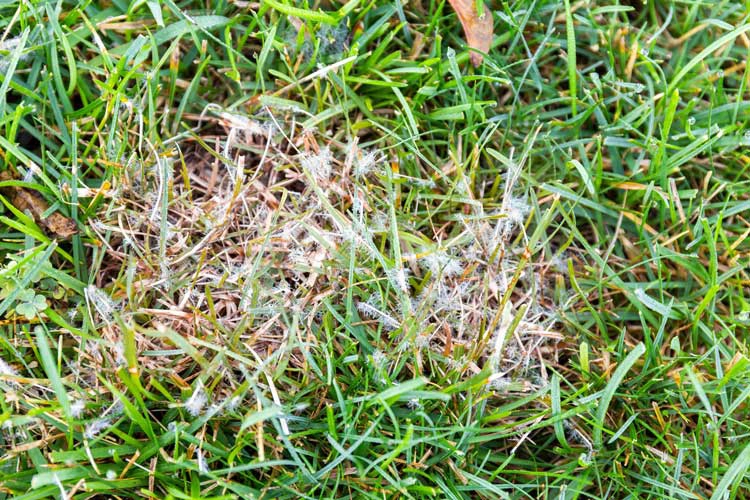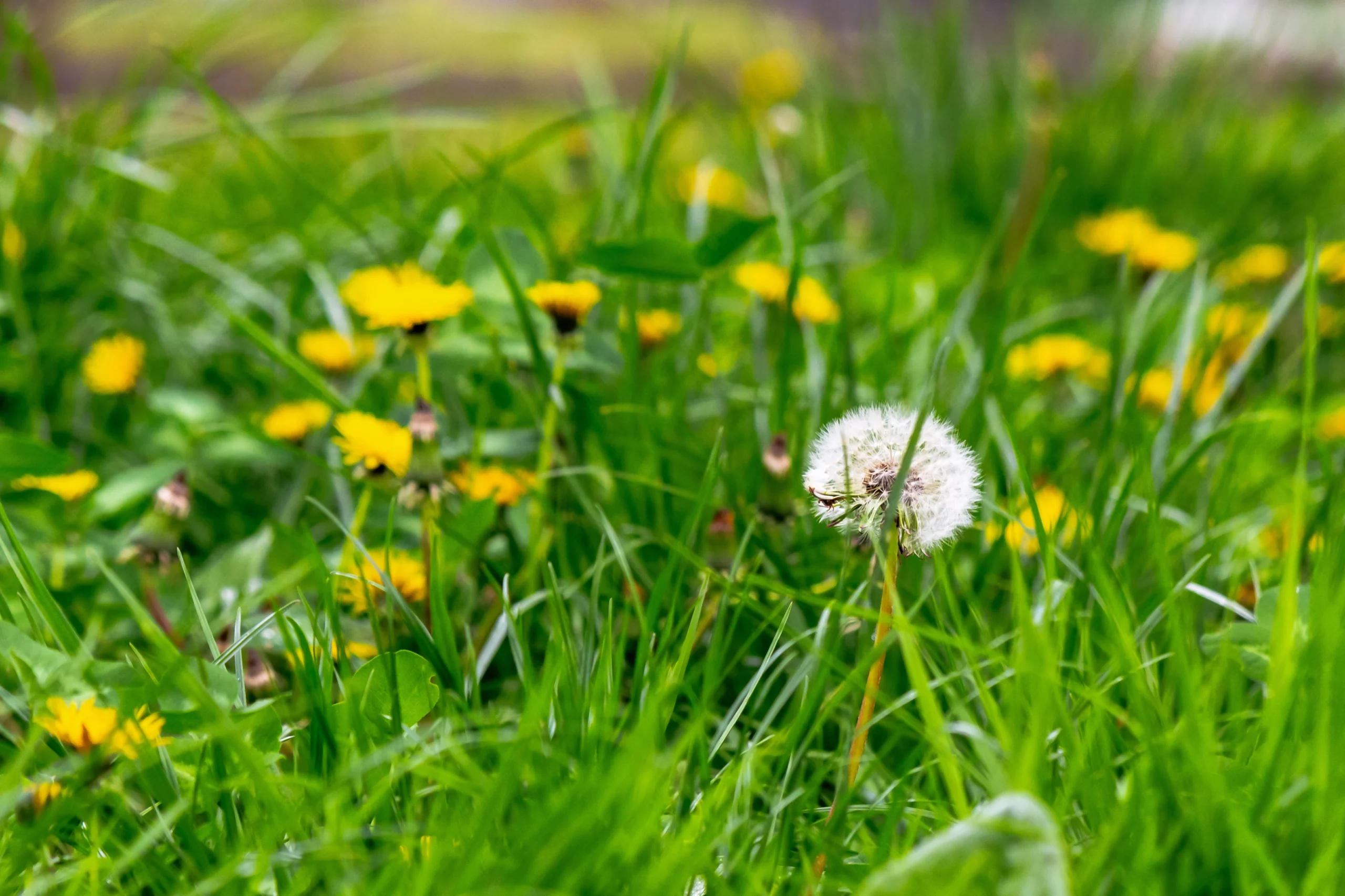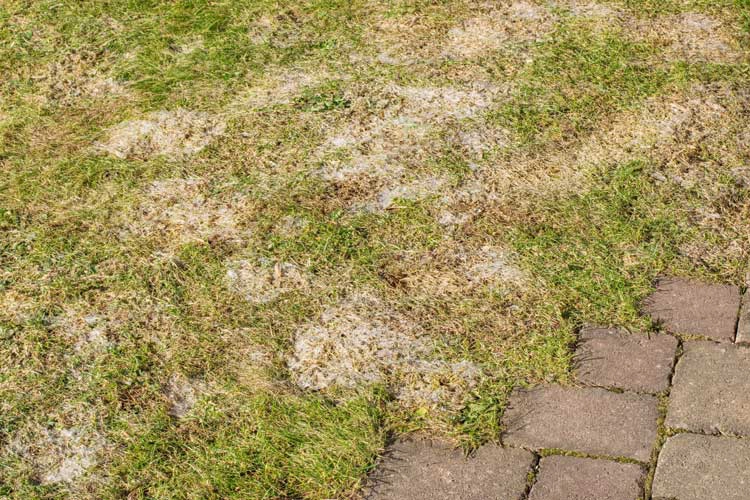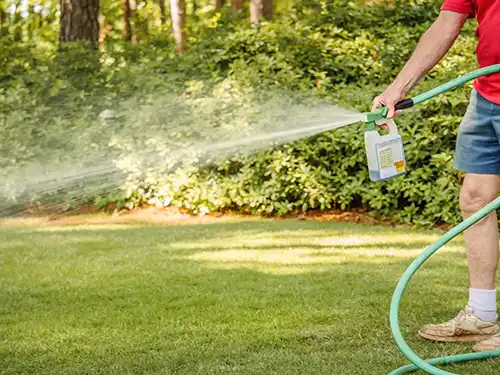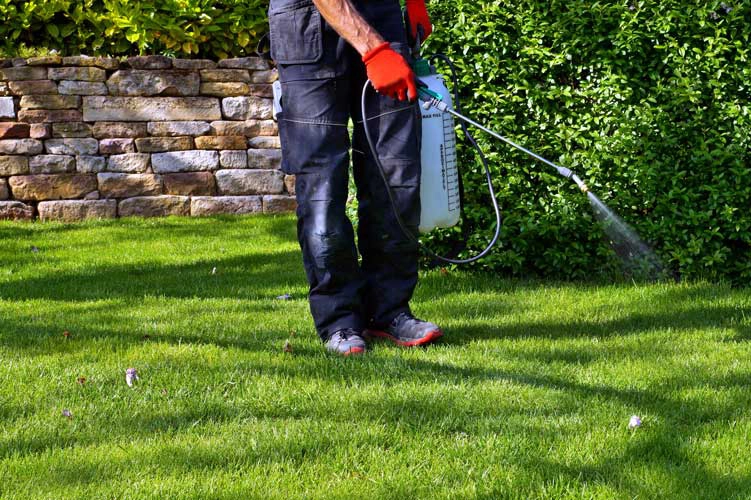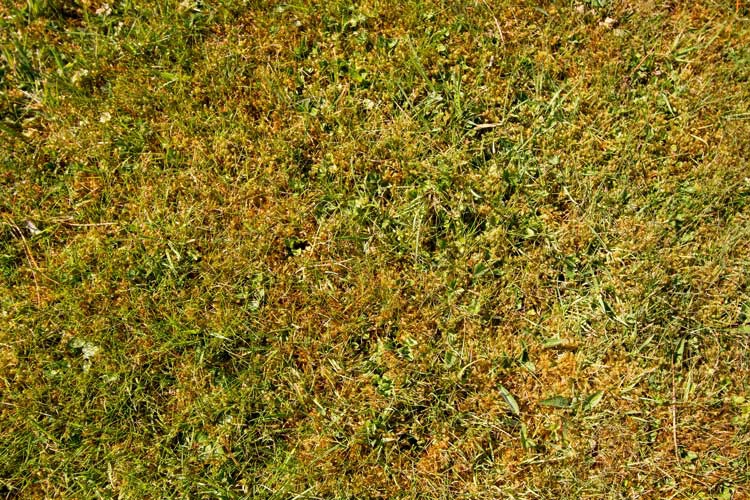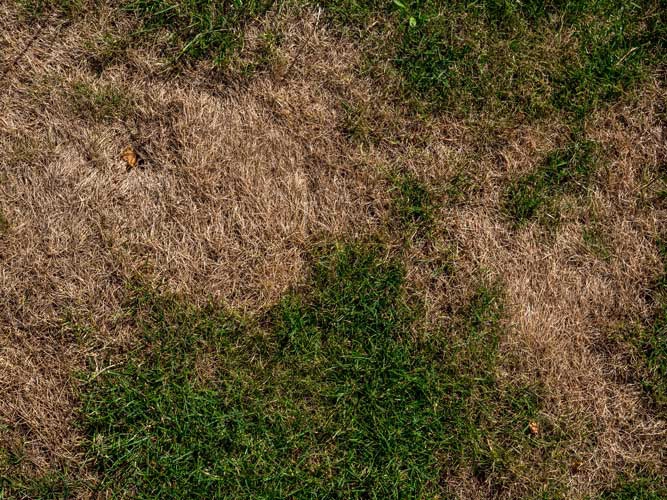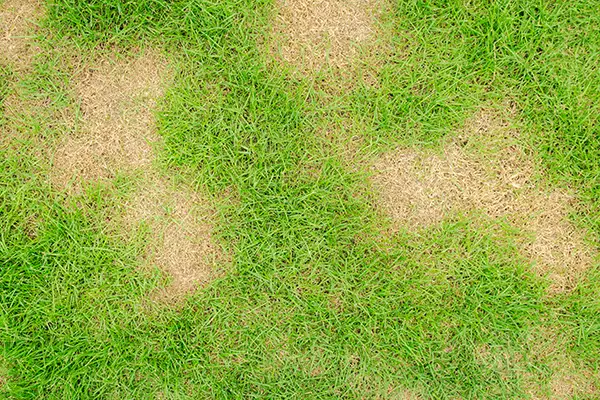How To Avoid Fungus And Weeds In Your Lawn
- What type of fungus or disease does my lawn have?
- What types of weeds are common in Jacksonville FL lawns?
- When should I apply a fungicide to my lawn?
- Should I apply a weed killer on my lawn?
- What is the best type of fungicide to use in Jacksonville FL?
- What is the best type of weed killer for Jacksonville FL lawns?
- What are the signs that my lawn is unhealthy?
- What should I do if my lawn is dying?
- How to treat Brown Patch Fungus in your lawn
- What is the best time of day to water my lawn?
- How much water should my lawn get?
- Should I water my lawn each day?
- Do I need to water my lawn in the winter?
- How should I adjust my watering schedule in the summer?
- Should I water my lawn after mowing?
- How can I tell if I am overwatering my lawn?
- How can I tell if my lawn needs more water?
- How can I tell if I have pests in my lawn?
- What types of lawn pests live in Jacksonville FL?
- Should I apply an insecticide to my lawn?
- When should I use an insecticide?
- How should I apply insecticide to my lawn?
- Can I apply insecticide and fertilizer at the same time?
- Should I apply insecticide after overseeding?
- How can I keep pests out of my lawn?
- What are the benefits of lawn aeration?
- How can soil compaction damage my lawn?
- What type of fertilizer should I use for my lawn?
- What is the best month to fertilize my lawn?
- Should I fertilize a wet or dry lawn?
- How long does it take granular fertilizer to dissolve?
- How does rain impact my lawn after fertilization?
- Is it okay to fertilize and seed at the same time?
- What does potassium do for lawns?
Florida lawns often face fungal challenges. These issues can affect the appearance and health of your grass. Learn about the types of fungi commonly found in our area and how to recognize their signs.
Weeds can quickly spread across your lawn, so identifying and addressing them promptly is essential. Early intervention is key to preventing a larger infestation. Check out these tips for identifying the weeds in your yard.
Fungicides can work well against lawn fungus, but they shouldn’t be your first line of defense. Natural treatments should be tried first. Discover when it’s the right time to use a fungicide with these tips.
If weeds are overtaking your lawn and other methods aren’t working, an herbicide might be your best option. Choose the right product to avoid damaging healthy grass. Here’s when to consider using a weed killer.
With so many fungicides on the market, it’s crucial to choose the one that fits your lawn’s needs. Some fungi require specific treatments. Learn how to identify the best fungicide for your yard.
Not every weed killer is suitable for your lawn. Using the wrong one can do more harm than good. Consider the types of weeds you have before choosing an herbicide. Follow these tips to select the best herbicide for your needs.
Recognizing a struggling lawn isn’t always easy. Pay attention to changes in color and texture. Find out how to identify the warning signs of lawn issues and what steps you can take to restore it.
It may be hard to revive a dying lawn, but it’s not impossible. The right approach can help restore its vitality. These tips will guide you in transforming your unhealthy grass into a lush, beautiful lawn.
It’s not always obvious when your lawn is in distress. Identifying the cause early on is essential to stopping the spread. Discover the key indicators of an unhealthy lawn and the steps you can take to revive it.

